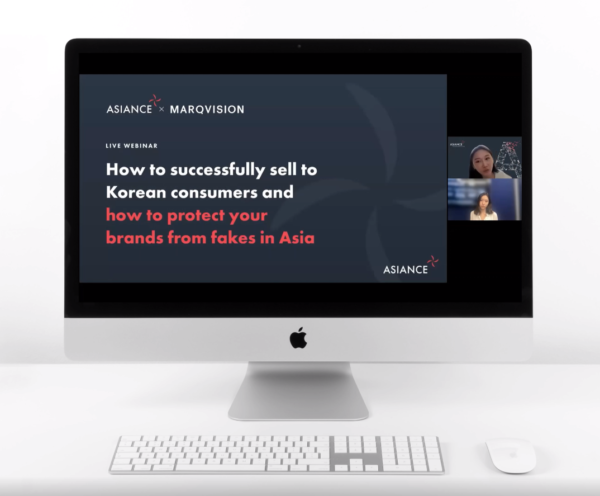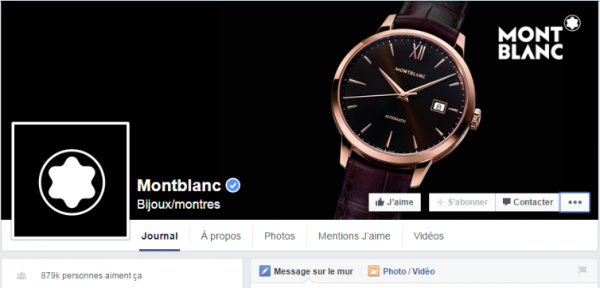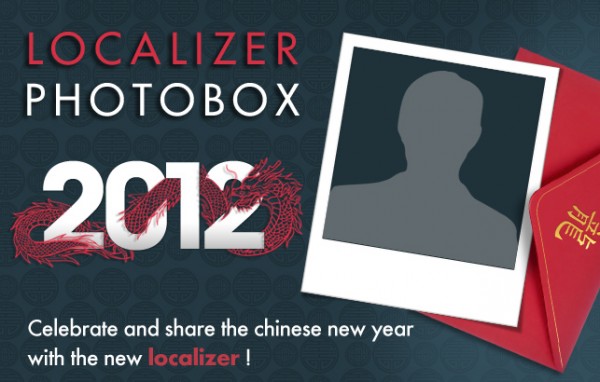Over the years, South Korea has become a cultural powerhouse, captivating Generation Z worldwide through the phenomenon known as Hallyu, or the Korean Wave. This wave, heavily promoted by the government and embraced by various companies, spans across K-pop, K-dramas, K-beauty, and K-food. But beyond the global appeal of these cultural exports, what innovative strategies are Korean brands employing to attract the local Gen Z audience?
Immersive Retail: The Pop-up Store Phenomenon
Pop-up stores have emerged as a significant marketing tool in South Korea, offering a dynamic and engaging consumer experience. These temporary retail spaces allow brands to create buzz and test new products in high-traffic areas without the long-term commitment of a traditional store. This approach not only drives sales but also enhances brand visibility and customer engagement through experiential marketing.
In Seoul, the pop-up store culture has flourished, particularly among the youth. These spaces provide unique and immersive brand experiences that resonate deeply with Generation Z and millennials. From fashion to food, the allure of pop-up stores spans various sectors. A recent standout example is the Longchamp pop-up, which showcases the brand’s signature styles alongside interactive elements, allowing visitors to experience Longchamp’s heritage in a fresh, innovative way. The pop-up’s vibrant setup and exclusive product displays have drawn attention, making it a destination for both locals and international tourists.
Seongsu is known as the “pop-up mecca” of Seoul, where dozens of brands set up shop in a single week. These pop-ups often blend retail with themed interiors, limited-edition products, and interactive elements, transforming them into exhibition-like social hubs that young Koreans and tourists frequent as part of their cultural experience. The success of these pop-ups underscores their role in modern retail strategy, turning transient spaces into powerful brand-building platforms that captivate and engage a broad audience.
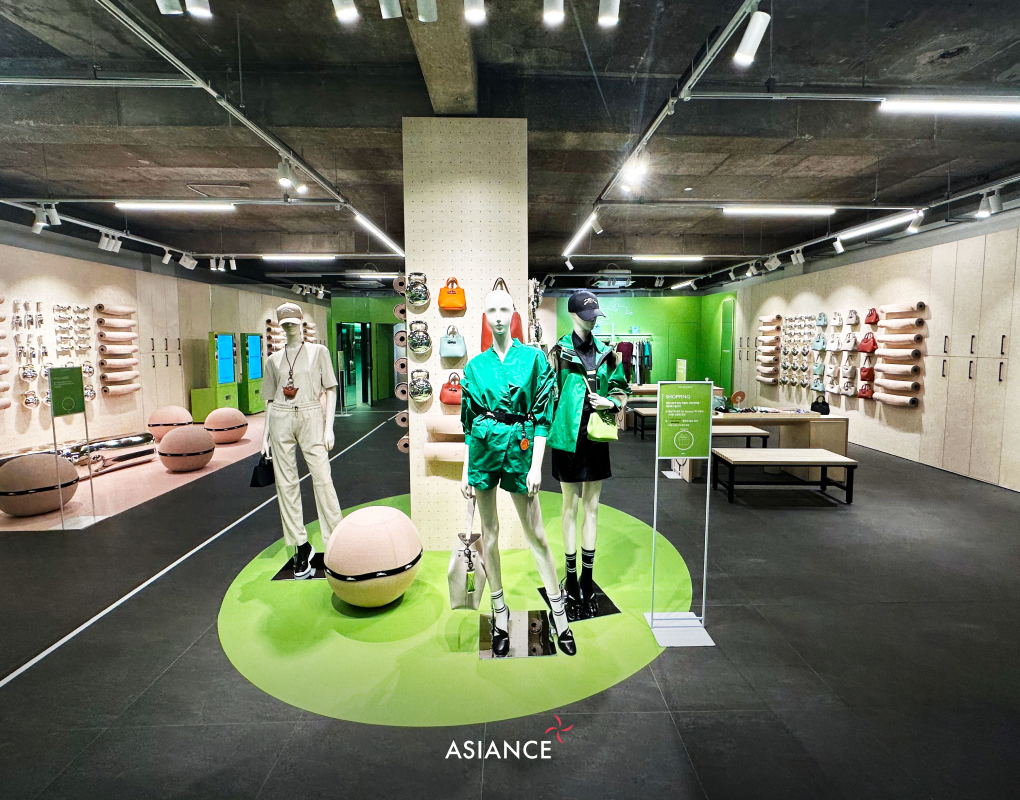
Immersive Storytelling: How Webtoons Engage Audiences
Within the digital landscape, webtoons have become a powerful platform for storytelling and brand integration. Korea’s digital comics offer a unique medium for brands to reach a vast and diverse audience in an organic and entertaining way. By weaving products and brand narratives into popular webtoons, companies can engage consumers in a more immersive and interactive manner.
Naver Webtoon, for instance, has introduced “Character Chat,” an innovative feature that allows users to interact with AI-driven characters from their favorite webtoons. Powered by Naver’s HyperCLOVA X large language model, this feature mimics the personalities and speech patterns of webtoon characters, enhancing user engagement through natural conversations. An example is the AI character Jo Seok from “The Sound of Heart,” who offers humorous and comforting responses, creating a deeply immersive user experience. This service not only boosts user interaction but also adds significant value to the platform.
Another AI story platform, “Zeta,” developed by Scatter Lab, has quickly gained popularity, attracting over 160,000 users in just two months. Zeta allows users to create AI characters and engage in role-playing scenarios, directing actions and emotions through narrative commands. This platform enhances content immersion by enabling personalized storytelling experiences.
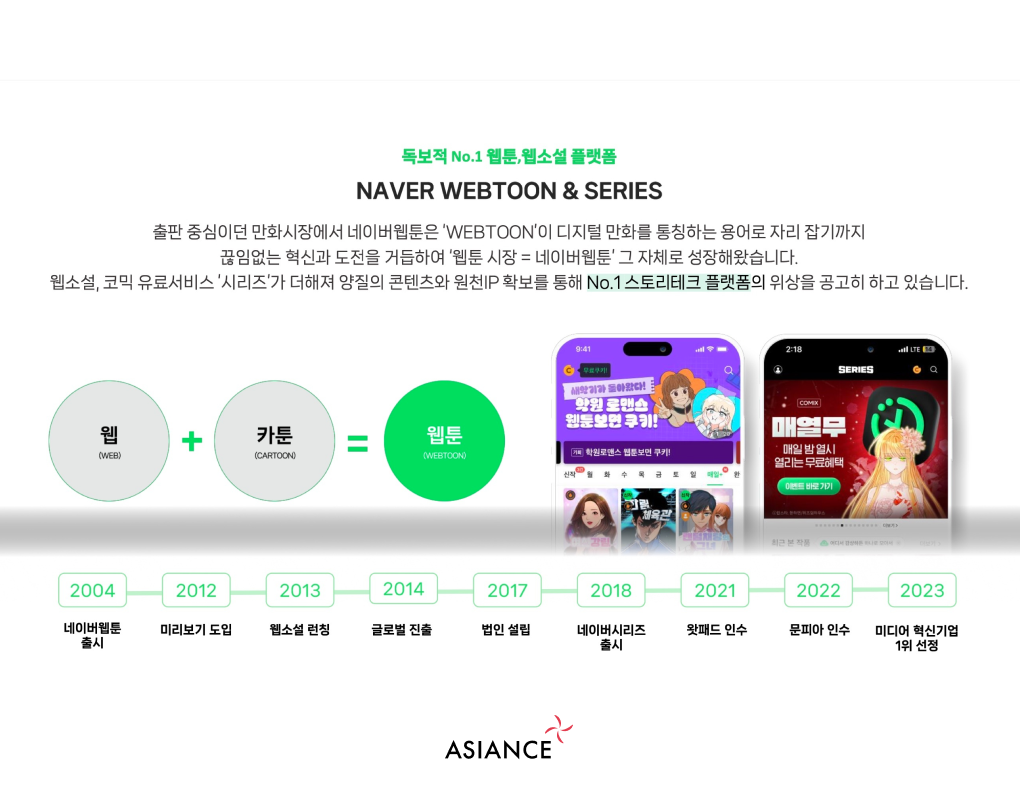
Globally, emotion-based AI chatbots like those offered by Character.AI are gaining traction. These bots provide interactions with a wide range of characters from reality, games, and animations, remembering past conversations to create more dynamic and personalized engagements. Experts predict that such AI-driven services will continue to expand, transforming user interactions in online shopping, entertainment, and beyond.
Conclusion
Korean brands are at the forefront of blending physical and digital strategies to create immersive experiences that captivate and connect with Generation Z. Through the innovative use of pop-up stores and webtoons, these brands are not only enhancing their visibility and engagement but also redefining the consumer experience in South Korea. This synergy between physical and digital marketing exemplifies how Korean brands are elevating their presence and appeal in an increasingly competitive market.




